Access Resource Kit (ARK) - Disability Services Commission
Access Resource Kit (ARK) - Disability Services Commission
Access Resource Kit (ARK) - Disability Services Commission
Create successful ePaper yourself
Turn your PDF publications into a flip-book with our unique Google optimized e-Paper software.
PEOPLE WITH DISABILITIES<br />
Background<br />
A disability may be defined as any physical, sensory, neurological, intellectual, cognitive,<br />
or psychiatric condition that can impact on a person’s lifestyle and / or everyday<br />
functioning.<br />
According to the Australian Bureau of Statistics (1998), (needs updating) there were<br />
355,500 people with a disability in Western Australia. This accounts for 19.5% of the total<br />
population.<br />
The number of people with a disability in Western Australia is estimated to rise to 564,900<br />
by the year 2021, an increase of almost 60 per cent. (Needs updating)<br />
Disabilities can occur at any time in a person’s life. For some, the disability begins at birth.<br />
For others, it can be the result of a sporting or motor vehicle accident. Other people<br />
acquire disabilities later in life through various illnesses or ageing.<br />
Some disabilities can affect a person’s ability to communicate, interact with others, learn or<br />
get about independently. A disability can impact on a person’s employment, education,<br />
recreation, accommodation and leisure opportunities.<br />
Disabilities may be short or long term. Some are episodic and many people may have<br />
more than one disability.<br />
Causes of <strong>Disability</strong><br />
The causes of disability can vary and as a person ages the severity of the disability can<br />
change.<br />
Disabilities may be:<br />
• genetically determined;<br />
• environmentally determined; or<br />
• of unknown cause.<br />
A genetically determined disability is usually inherited from the parents. However, a new<br />
genetic error can occur leading to symptoms of the condition. Examples of this are cystic<br />
fibrosis and muscular dystrophy.<br />
An environmentally determined disability results from an accident, injury, disease or<br />
infection. Examples include acquired brain injury, spinal cord injury and diabetes.<br />
Sometimes a disability is of unknown origin. This is the case with many physical<br />
disabilities, intellectual disabilities and some forms of mental illness.<br />
People with Disabilities and Planning for <strong>Access</strong> (Aust Standards updated February 2011)1.3



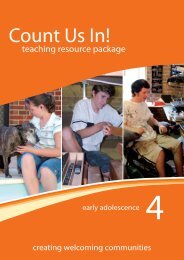
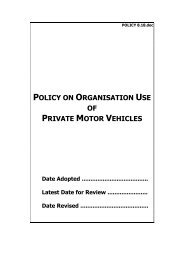
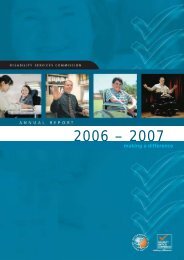


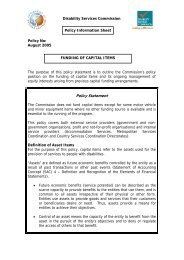
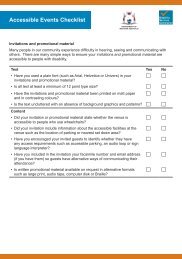
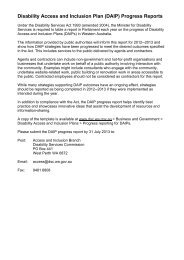
![Heerarka Adeegyada Naafada [PDF 102 kB] - Disability Services ...](https://img.yumpu.com/22096139/1/184x260/heerarka-adeegyada-naafada-pdf-102-kb-disability-services-.jpg?quality=85)
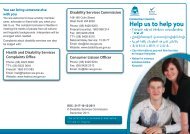
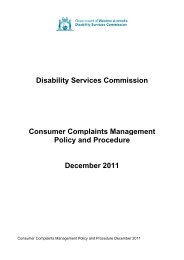

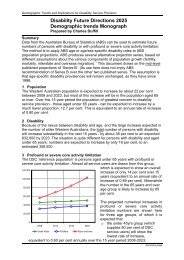
![معايير خدمات الإعاقة [PDF 297 kB] - Disability Services Commission](https://img.yumpu.com/22096120/1/184x260/-pdf-297-kb-disability-services-commission.jpg?quality=85)
